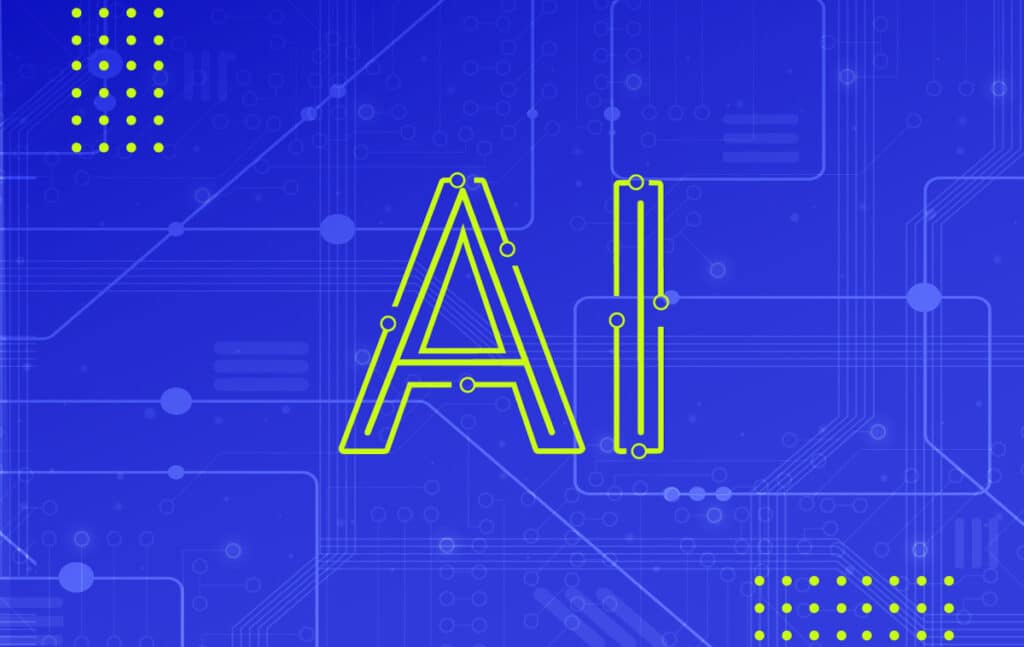The utility industry is constantly changing. Whether it’s because of improved technology, new legislative requirements, or a greater emphasis on environmental sustainability, there’s always a reason to move forward and evolve.
More recently, one of the key drivers of change in the utility industry is the rise of artificial intelligence (AI). AI is transforming not only the way utilities generate, transmit, and distribute energy, making the entire process more efficient, cost-effective, and sustainable – it’s even changing utility customer engagement for the better.
Today, we’ll explore AI in the utility industry, its benefits and challenges, and how it is shaping the future of the energy sector.
The Rise of AI in the Utility Industry
Artificial intelligence enables machines to perform tasks that normally require human intelligence, such as learning, problem-solving, and decision-making. In the utility industry, AI is being used to optimize every stage of the energy supply chain, from energy generation to transmission and distribution.
Learn more about our 5 Smart Technology Strategies for successful utilities.
1. Energy Efficiency
One of the most significant impacts of AI in the utility industry is improved energy efficiency. AI algorithms can analyze vast amounts of data from sensors, meters, and other sources to identify patterns and optimize energy consumption.
For example, AI can analyze weather data to predict energy demand and adjust energy production accordingly. AI can also monitor the performance of energy assets in real-time, identifying areas where energy is being wasted or where equipment needs maintenance, reducing energy losses and downtime.
At a consumer level, artificial intelligence is being used to help manage the use of energy within the home using smart home thermostats and other AI heating and cooling technology.
2. Renewable Energy Output
Another way AI is transforming the utility industry is through the integration of renewable energy sources. Renewable energy, such as wind and solar, are highly variable and dependent on weather conditions.
AI algorithms can predict renewable energy output based on weather forecasts and optimize energy storage and transmission accordingly. This enables utilities to integrate more renewable energy sources into the grid, reducing reliance on fossil fuels and decreasing carbon emissions.
3. Asset Management
AI is also transforming the way utilities manage their assets.
By using machine learning algorithms to analyze performance data, utilities can identify patterns and predict equipment failures before they occur. This allows utilities to schedule maintenance proactively, reducing downtime and extending the lifespan of their assets.
AI can also optimize the dispatch of energy resources, ensuring that energy is delivered where and when it is needed most efficiently.
4. Customer Service
AI is helping utility businesses improve their customer service through a number of tools.
⦁ Chatbots are available 24/7 and can handle a high volume of customer queries, providing fast and efficient customer service. This frees up customer service reps to focus on more important tasks and complex issues and queries. AI-powered chatbots can also personalize customer service by analyzing customer data and providing tailored recommendations.
⦁ Predictive analytics can anticipate customer needs, such as identifying customers who are at risk of falling behind on payments, and provide proactive solutions.
⦁ Sentiment analysis can help utility businesses understand how customers perceive their products and services and identify areas where they need to improve.
All of this helps your utility improve customer satisfaction by providing fast, personalized, and proactive customer service.
Benefits and Challenges of AI in the Utility Industry
The rise of AI in the utility industry offers numerous benefits. AI can help:
⦁ Optimize energy production and consumption, reducing energy waste and lowering costs.
⦁ Integrate renewable energy sources into the grid, reducing reliance on fossil fuels and decreasing carbon emissions.
⦁ Monitor the performance of energy assets in real-time, identifying areas where energy is being wasted or where equipment needs maintenance, reducing downtime and extending asset lifespan.
⦁ Provide better customer service by predicting and resolving customer issues more quickly and efficiently.
⦁ Predict equipment failures before they occur, enabling utilities to schedule maintenance proactively and avoid downtime.
⦁ Provide fast and efficient customer service, while predictive analytics and sentiment analysis can help utilities personalize customer service and improve customer satisfaction.
⦁ Reduce costs by improving energy efficiency, optimizing maintenance schedules, and reducing downtime.
⦁ Improve safety by predicting and preventing equipment failures and identifying potential hazards in the grid.
The growth of AI in the utility industry also presents several challenges.
One of the main challenges is the lack of data standardization. Utility companies collect vast amounts of data from various sources, but this data is often in different formats and lacks standardization, making it difficult to analyze and optimize. To address this challenge, utilities must develop data management systems that standardize and integrate data from different sources.
Another challenge is the need for skilled personnel. AI requires skilled personnel to design, develop, and maintain them but there is a shortage of skilled AI professionals in the energy sector, making it challenging for utilities to implement and manage AI systems.
Finally, there is the challenge of cybersecurity. A greater AI presence increases the risk of cyber attacks, which can compromise the security and integrity of energy infrastructure. To address this challenge, utilities must implement robust cybersecurity measures to protect their systems and infrastructure from cyber threats.
The Future Of AI in the Utility Industry
The future of the utility industry is closely tied to the development of AI. As AI technology continues to evolve, we can expect to see even more transformative impacts on the energy sector.
Here are some of the ways AI is likely to shape the future of the utility industry:
⦁ Smart grids: AI algorithms can help utilities create smarter grids that can automatically respond to changes in energy demand and supply. This can lead to more efficient energy use, lower costs, and reduced carbon emissions.
⦁ Predictive maintenance: As AI technology continues to improve, we can expect even more accurate and effective predictive maintenance systems.
⦁ Energy storage optimization: As energy storage technology continues to improve, AI algorithms can help utilities optimize energy storage and distribution. This can help utilities integrate more renewable energy sources into the grid and reduce reliance on fossil fuels.
⦁ Demand response: AI algorithms can help utilities manage energy demand by analyzing data on consumer behavior and adjusting energy supply accordingly. This can lead to more efficient energy use and lower costs for both utilities and consumers.
⦁ Natural language processing (NLP) advancements: AI-powered chatbots are expected to become even better at understanding and interpreting natural language, leading to more accurate and efficient responses to customer queries.
⦁ Integration with other technologies: As AI becomes integrated with other technologies, such as augmented reality (AR), it will create additional opportunities to provide customers with a more immersive and interactive customer service experience.
⦁ Personalization: AI is likely to become even better at personalizing customer service by analyzing more data and providing tailored recommendations to individual customers.
⦁ Proactivity: AI may become even more proactive in identifying and addressing customer needs, such as predicting when a customer may need to upgrade their service or when they may be experiencing financial difficulties.
⦁ Seamless omnichannel experiences: AI may help utility companies provide a more seamless and consistent customer service experience across all channels, from phone and email to chatbots and social media.
Interested in learning how your business can improve customer satisfaction and engagement? Get in touch with SilverBlaze today, and learn how our innovative Customer Portal for Utilities can help.



